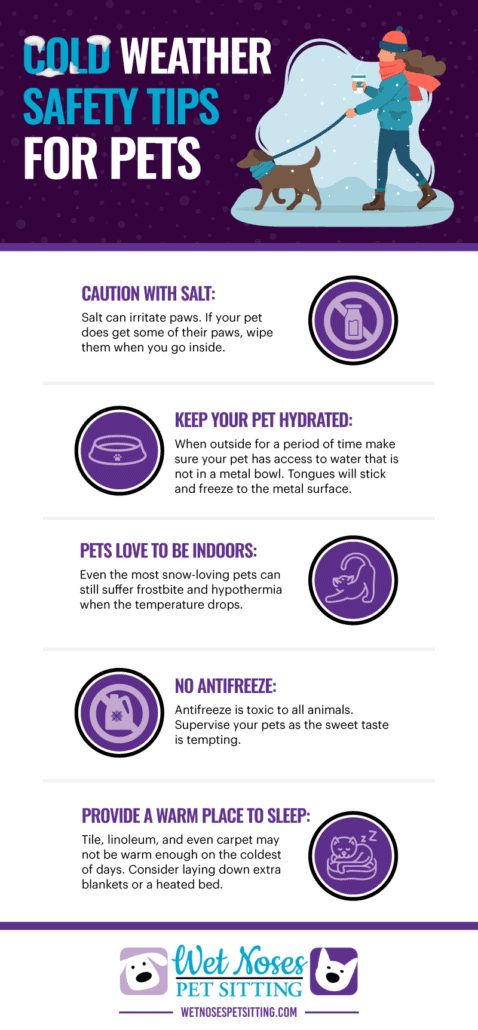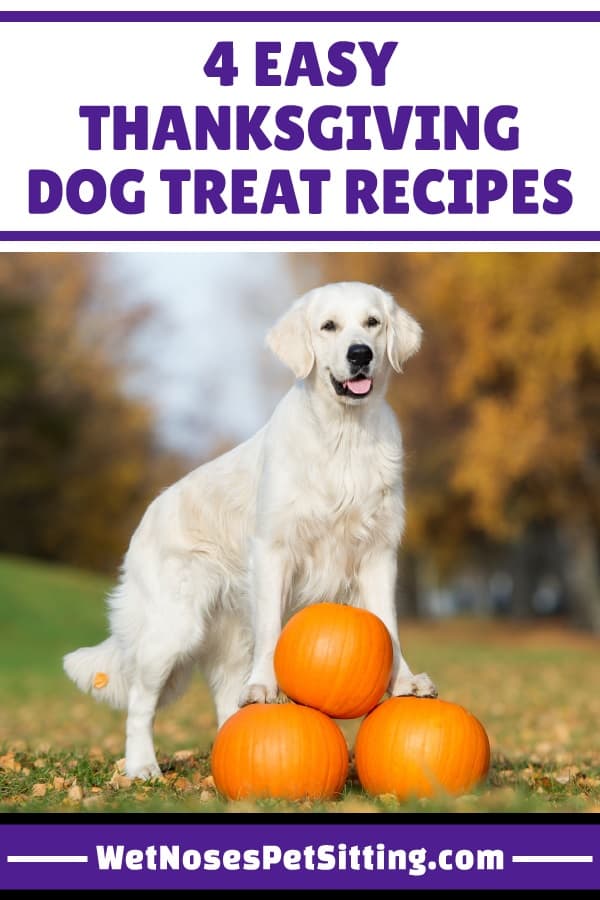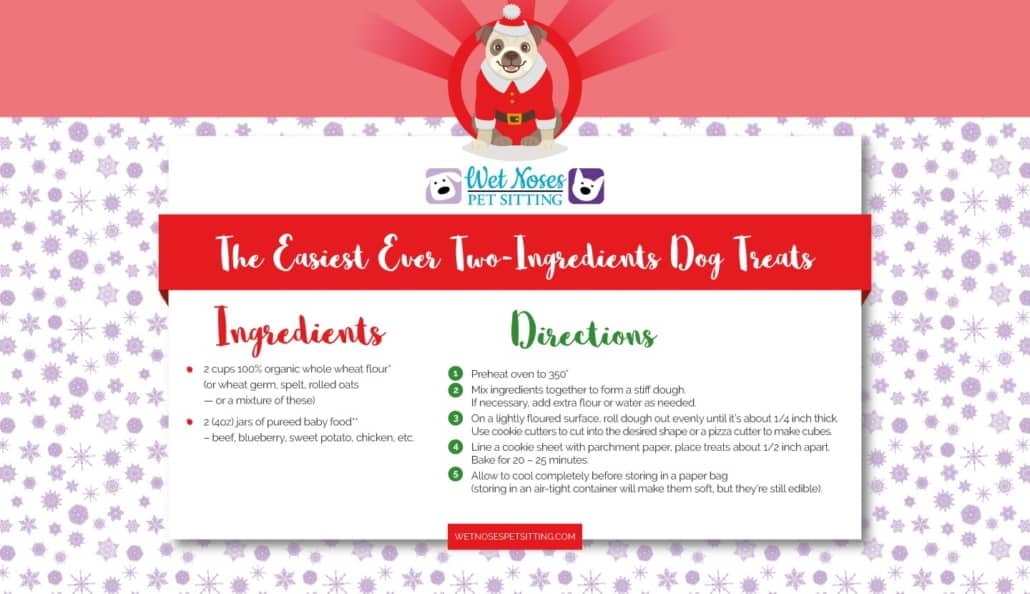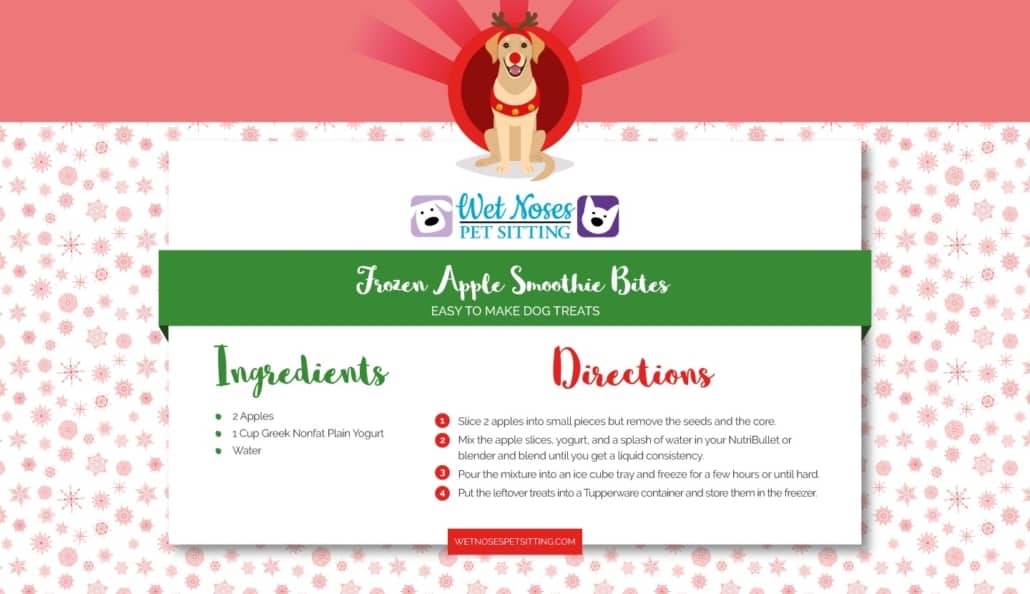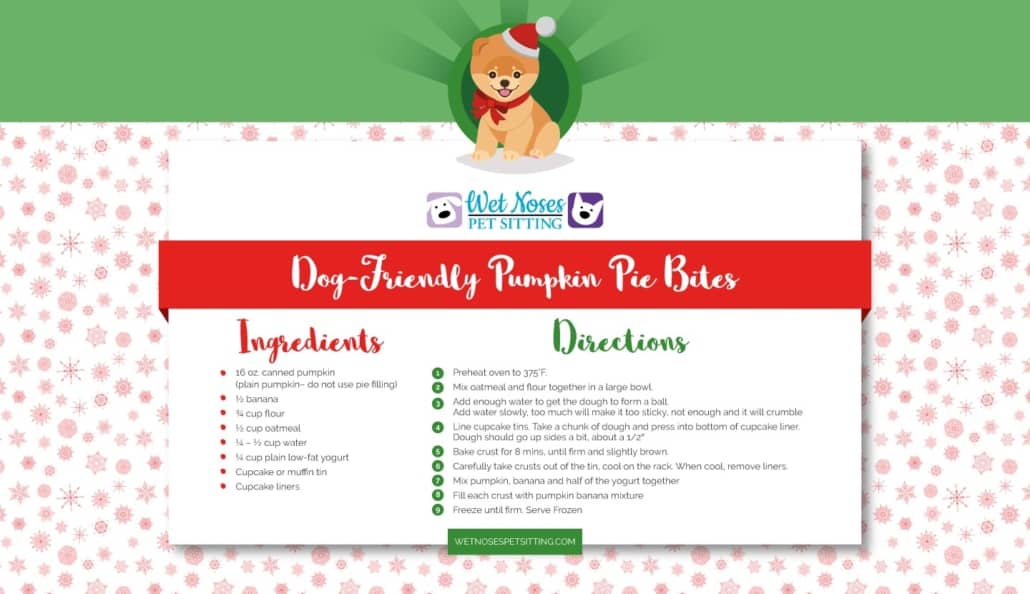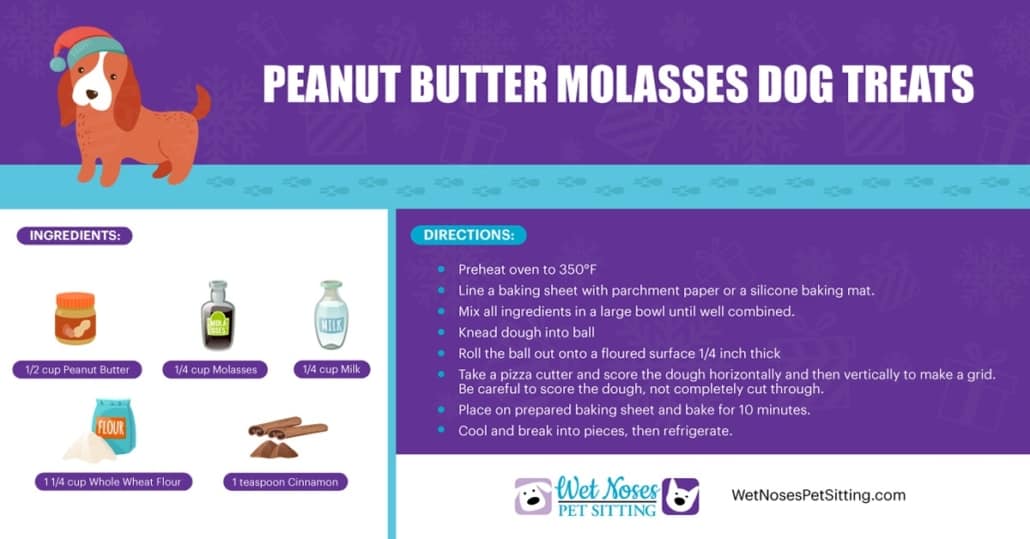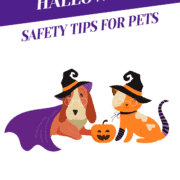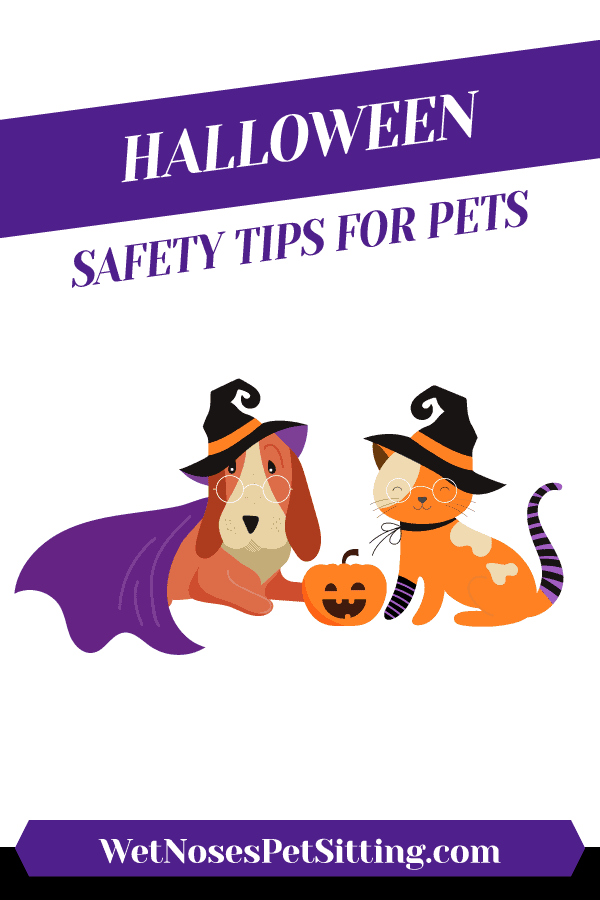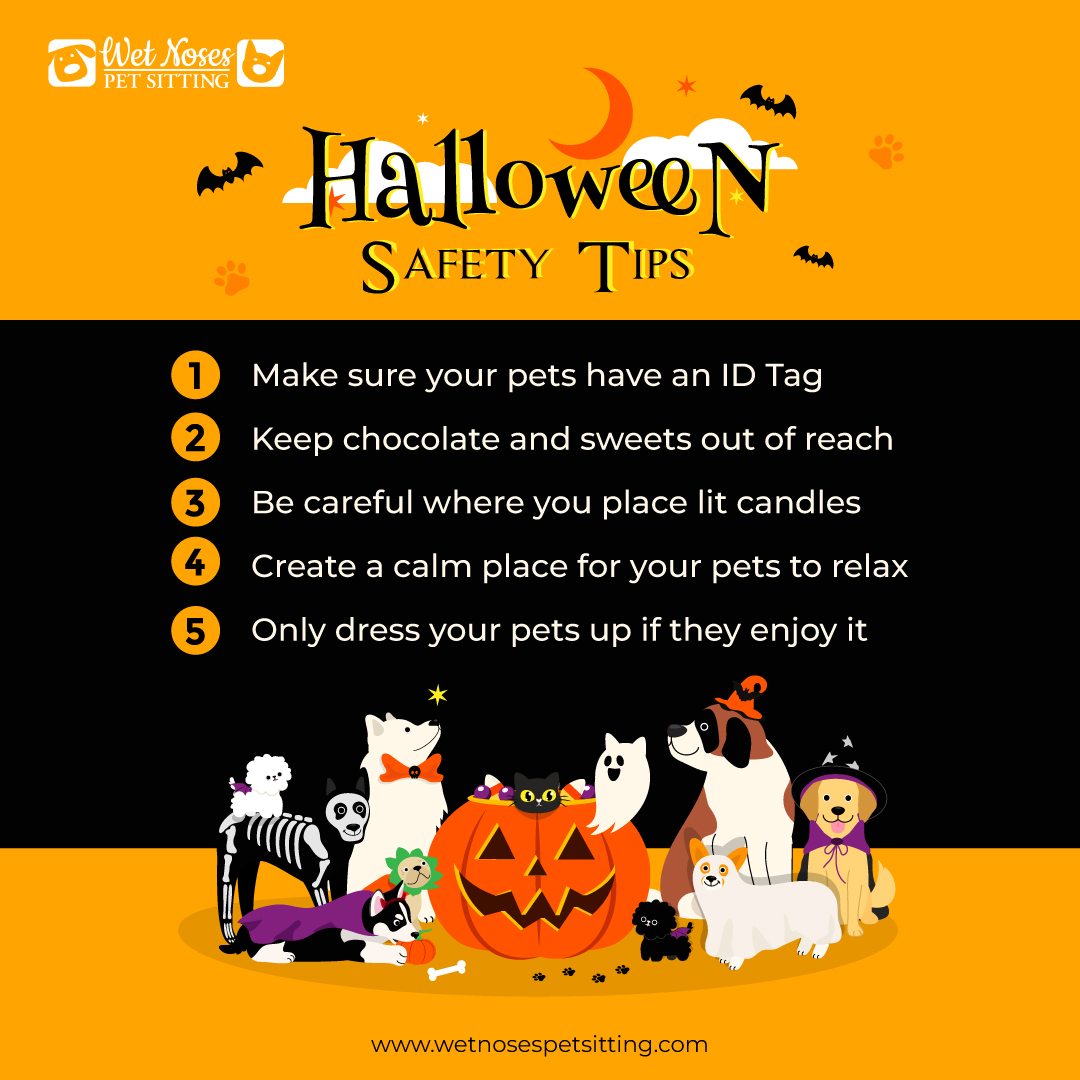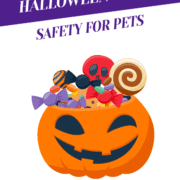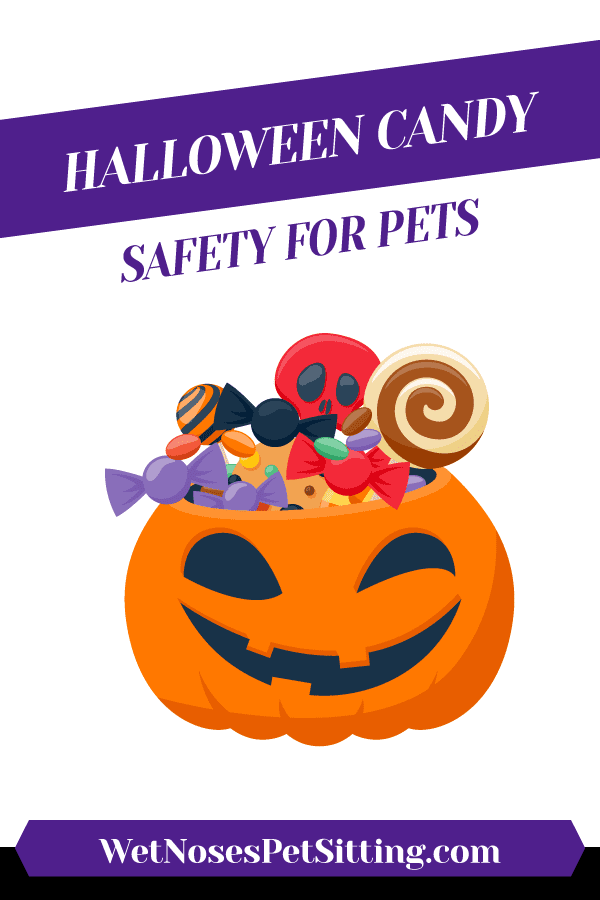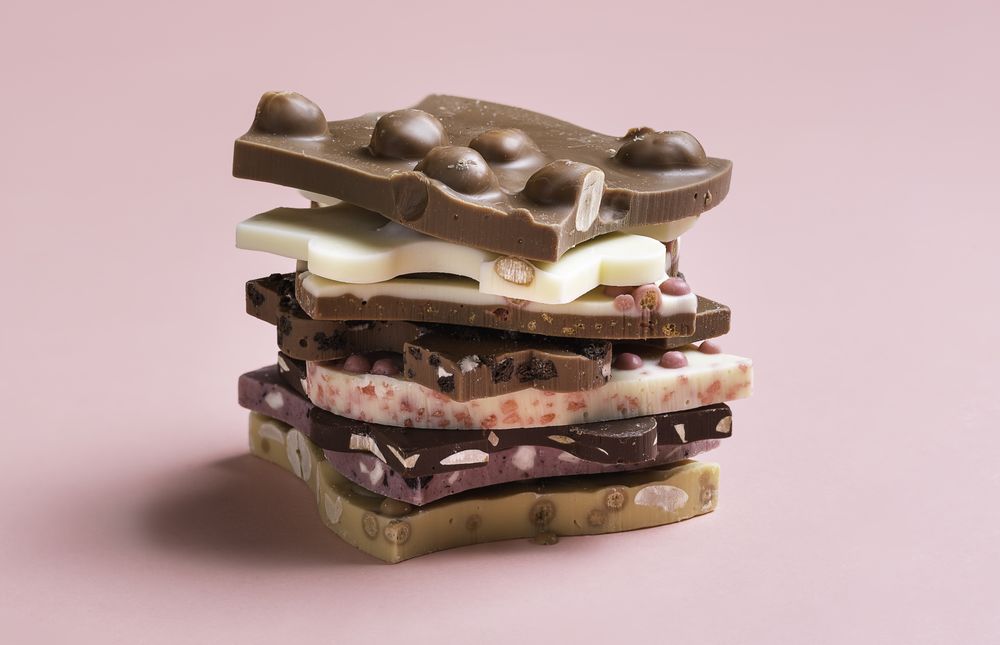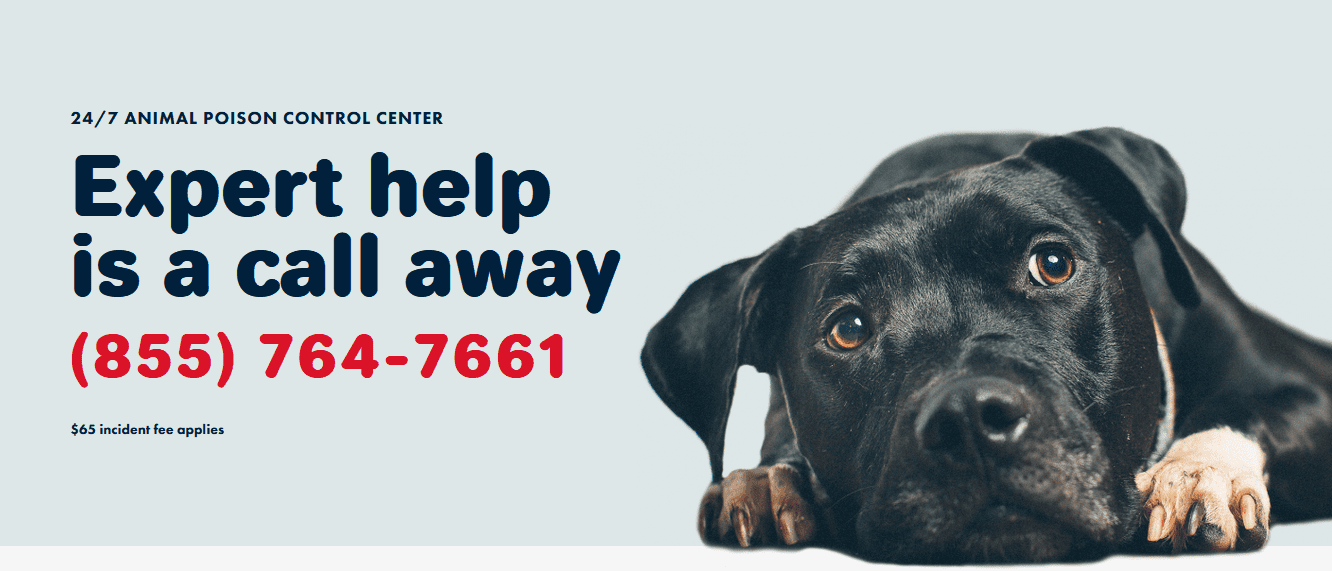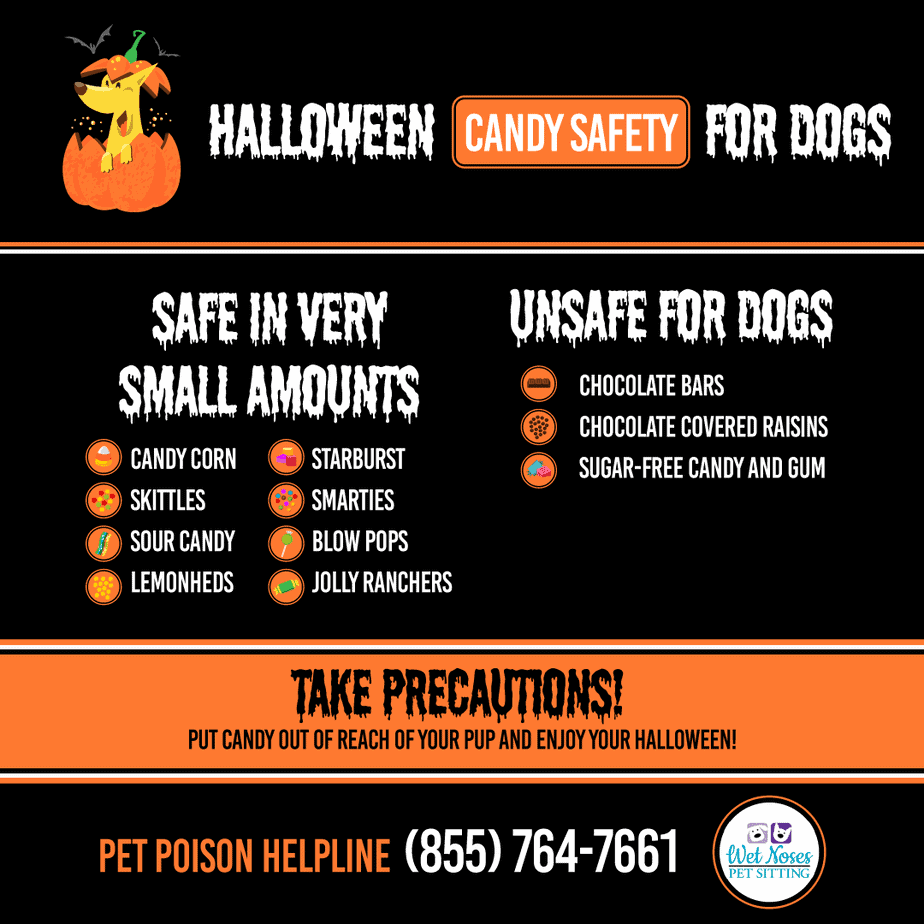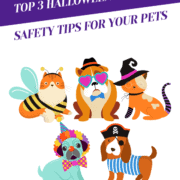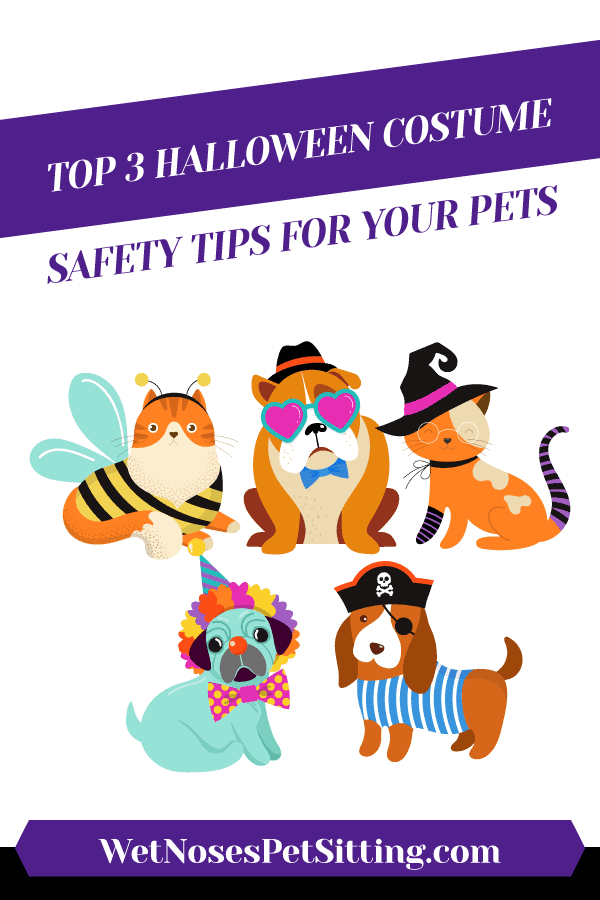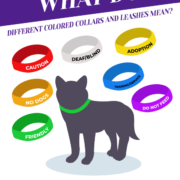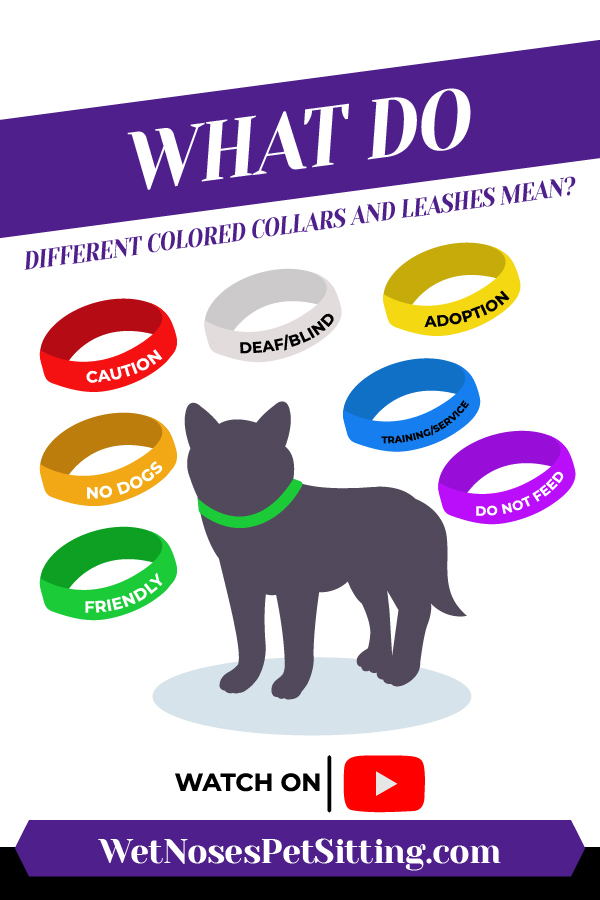What to Know When Puppy Sitting
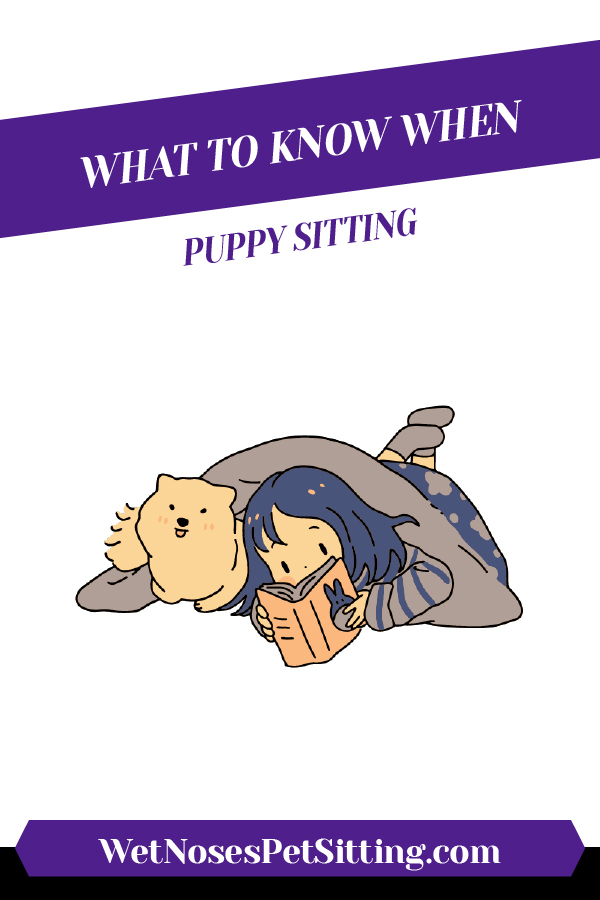
If you are going to be puppy sitting, or a looking for a puppy sitter, there are many details you should know to make sure the puppy gets the best care. Puppies take a bit more work (actually a lot more work) than adult dogs so it is important that everyone be on the same page.
Puppies Need to Go Out Often
A good rule of thumb is that puppies can only last an hour per year of age, so a 2 month old puppy will need to go out every 2 hours, a 3 month old every 3 hours and so on. This can vary quite a bit by the individual puppy based on breed, personality, etc. The more consistent the house training, the better she will do.
When no one is home the puppy should be contained to a small spot, like a crate, so she learns to hold it. When puppy sitting, the puppy needs to go out often and be supervised when out loose to make sure she does not have accidents in the house. This requires a puppy sitter that is vigilant and attentive.
Take a look at suggested schedules for puppy sitting when owners are on vacation and for day walks.
Puppies Need Training
Puppies do not magically understand us like Lassie. They need lots of positive training in order to understand what we want from them. Where we want them to go potty, how we want them to play, what they can chew on, and more! When someone is puppy sitting they need to have a good idea of basic training skills and know how to enforce them. These should be the same methods you use, although a good puppy sitter will be able to offer suggestions from experience.
Puppies Need Consistency
Humans and puppies speak a different language so interactions need to be consistent in order to ensure the puppy can figure out what is going on. Imagine if you were trying to learn a new language and someone gestured at an apple and said “pomme”, but the next time gestured at the apple and said “rouge”. Well which one is it? Plus a puppy is a baby. A biting, wriggling, barking baby, but a baby none-the-less. Everything a puppy learns is new and every impression is important. If the puppy is spending time trying to figure out if you mean “pomme” or “rouge”, she will not be able to get the lesson quickly and will get confused. Everyone who interacts with the puppy should be clear and know the rules.
Puppies Need Positive Reinforcement
Yelling at a puppy or scaring her is not a helpful part of the training process. Positive reinforcement means your puppy learns our human language without fear. When a puppy is afraid, all she learns is to be scared of you. A puppy brain cannot learn when in a state of fear. Positive reinforcement means she can learn in a way that keeps her fear-free and learning all the time. The best way to be able to stay positive is to set the puppy up for success. If you know she will have accidents, then do not leave her unsupervised in the house; especially when she might be needing a potty break. Then when she goes potty in the correct place, use lots of positive reinforcement so she wants to do it again and again.
Puppies Need Socialization
Puppies need to see a wide variety of people, other animals and environments to grow up to be well-rounded adult dogs. That is why puppy sitting is so helpful! It allows the puppy to meet new people in a positive and safe way. Learn more about the Benefits of Walks for Puppies. Puppy sitters should learn to interact with the puppy the same way as the owners and follow the rules the puppy has so they can be properly encouraged.
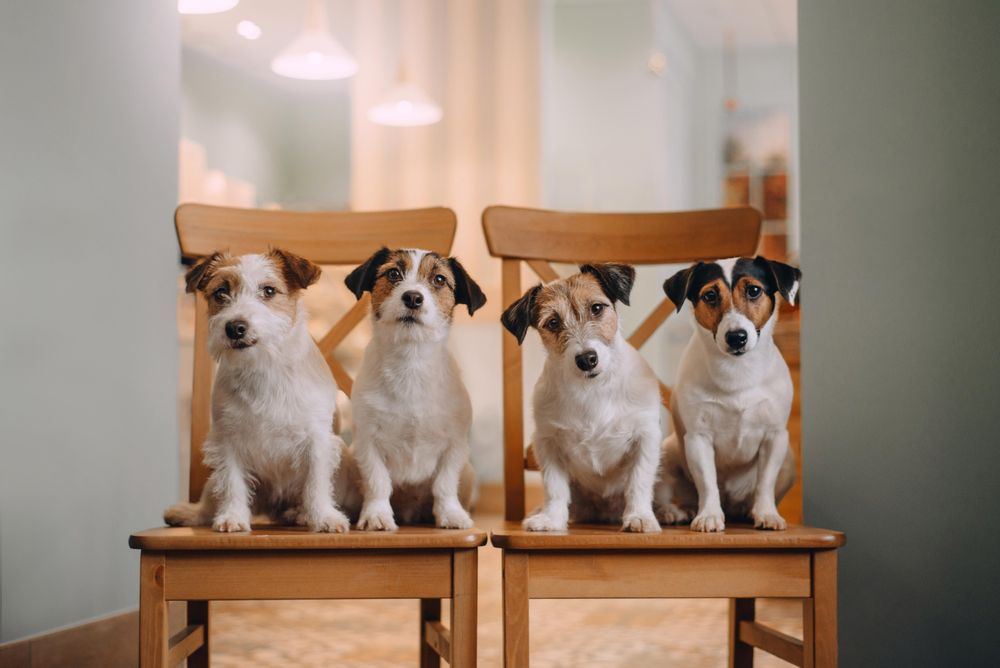
Four Tricolor Jack Russell Dogs On Two Wooden Chairs Indoor by Scopio from NounProject.com
Puppies Need Playtime
The best thing about what you need to know when puppy sitting is that puppies love to play. Play is necessary for the health and happiness of puppies. When puppy sitting, puppies need to have a lot of time in their schedule set aside for play, ideally with other puppies, with humans and alone. Puppies learn a lot from playtime with other puppies including how to moderate their bite pressure, how to not be too rough and how to read dog body language. And playtime is also a good outlet for excess energy. A tired puppy is a good puppy!
Puppies Need Lots of Meals
Puppies are burning a lot of energy and they need a lot of food to keep them going. Meals need to be at a set time every day and puppies always need to go out for a potty break afterwards. When puppy sitting, visits have to be long enough to provide time for playtime, feeding and potty breaks. Most puppies will eat 3-5 times a day.
Puppy Sitting Plan
When we provide puppy sitting we look at how a visit should be structured. Most often a puppy sitting visit will look like this:
Out of crate –> Potty time –> Playtime –> Meal –> Potty time –> Playtime –> Potty time –> Back in crate
If the weather is nice we often sit outside when puppy sitting so puppies can go potty and have playtime as needed. This cuts down on accidents. We are only there for a specific amount of time. The less time spent cleaning up accidents, the more time spent on playtime!
If you are interested in learning more about our puppy sitting visits take a look at the Benefits of Walks for Puppies and Pet Sitting Visits for Puppies. We would love to set up puppy sitting that is perfect for you and your puppy!
If you are interested in becoming a puppy sitter, we are often looking for new team members! Look at our open positions. If you’re interested in puppy sitting but aren’t old enough to join our team, ask your family and friends if you can help take care of their puppies. It will give you great experience and plus, puppies!

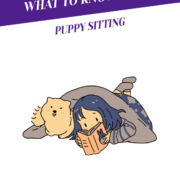
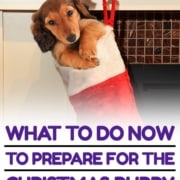
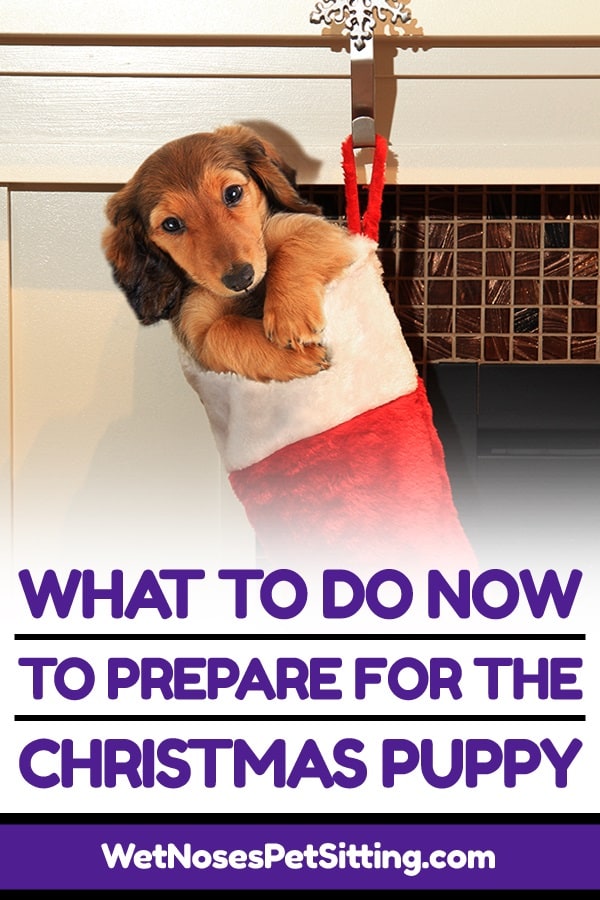
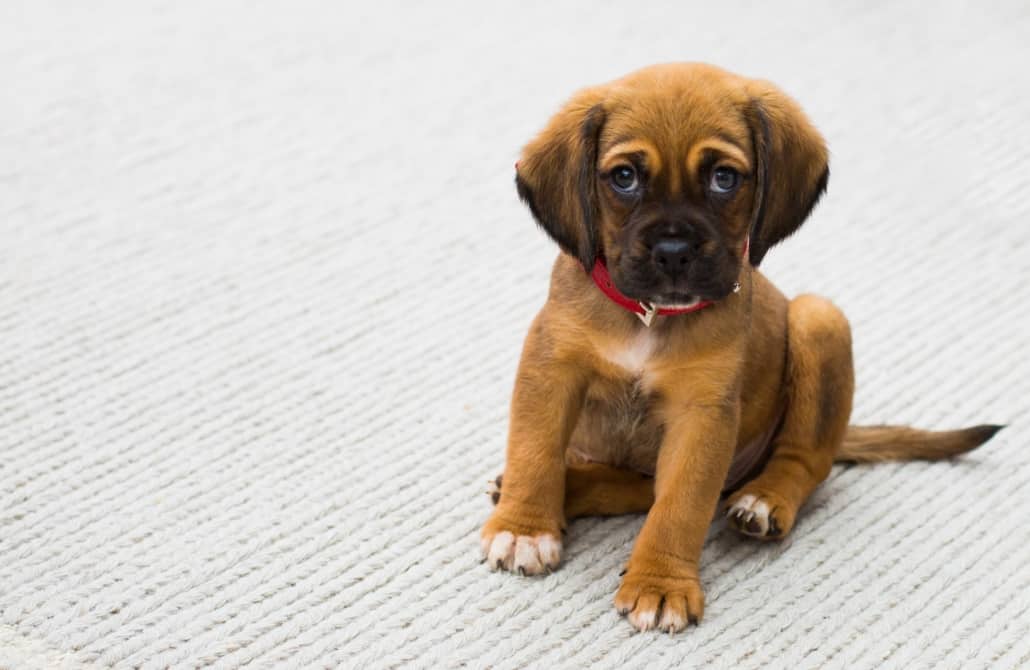



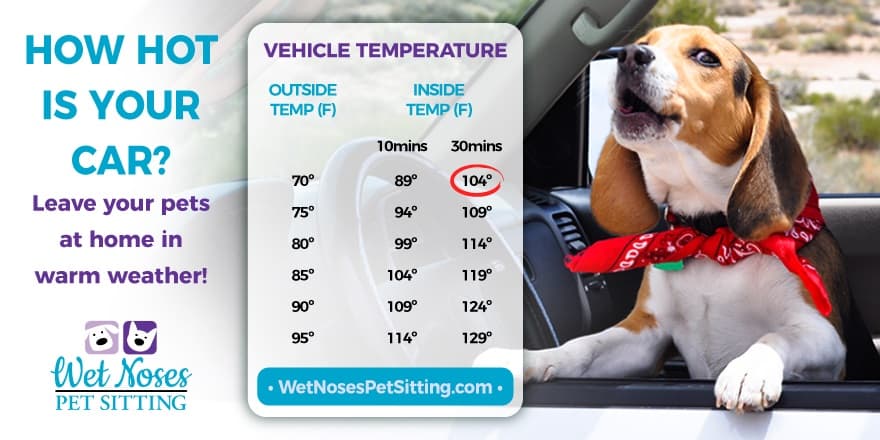

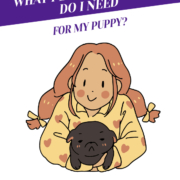
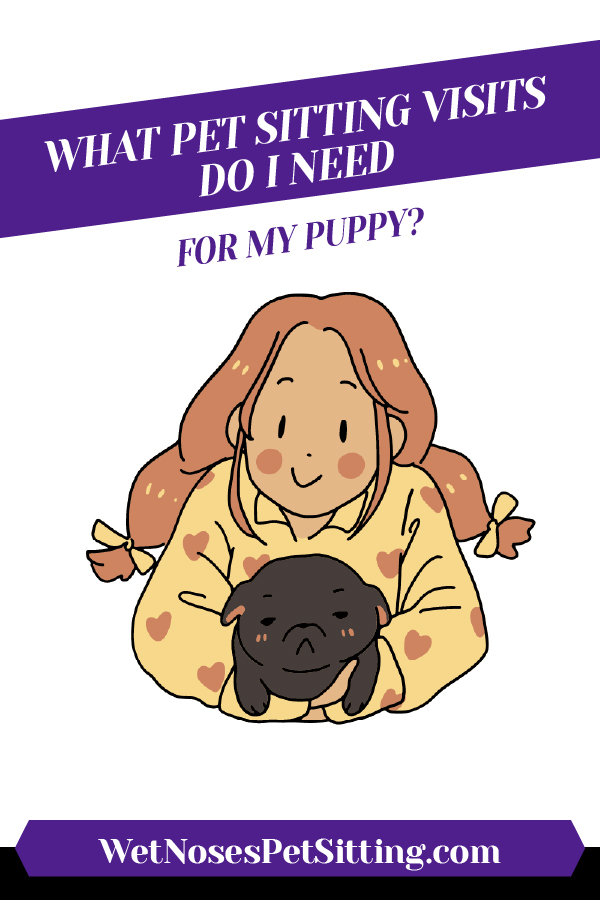
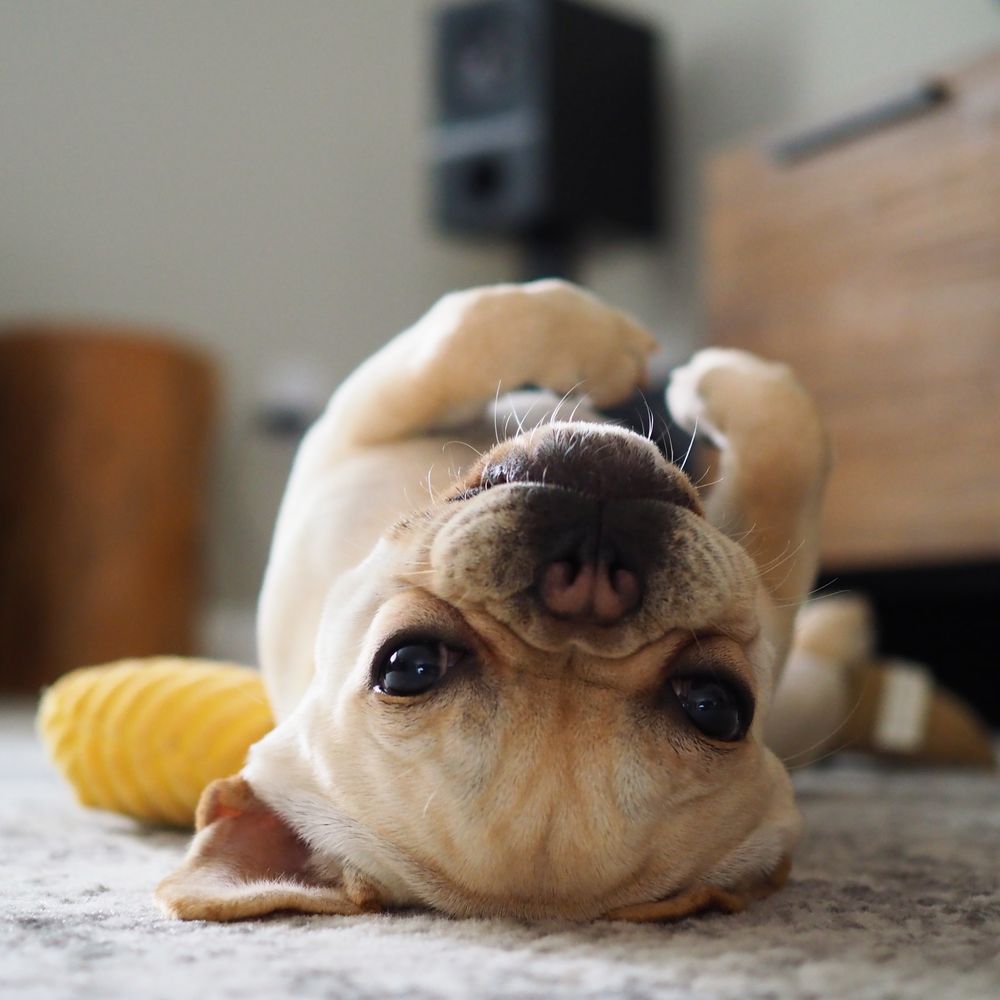
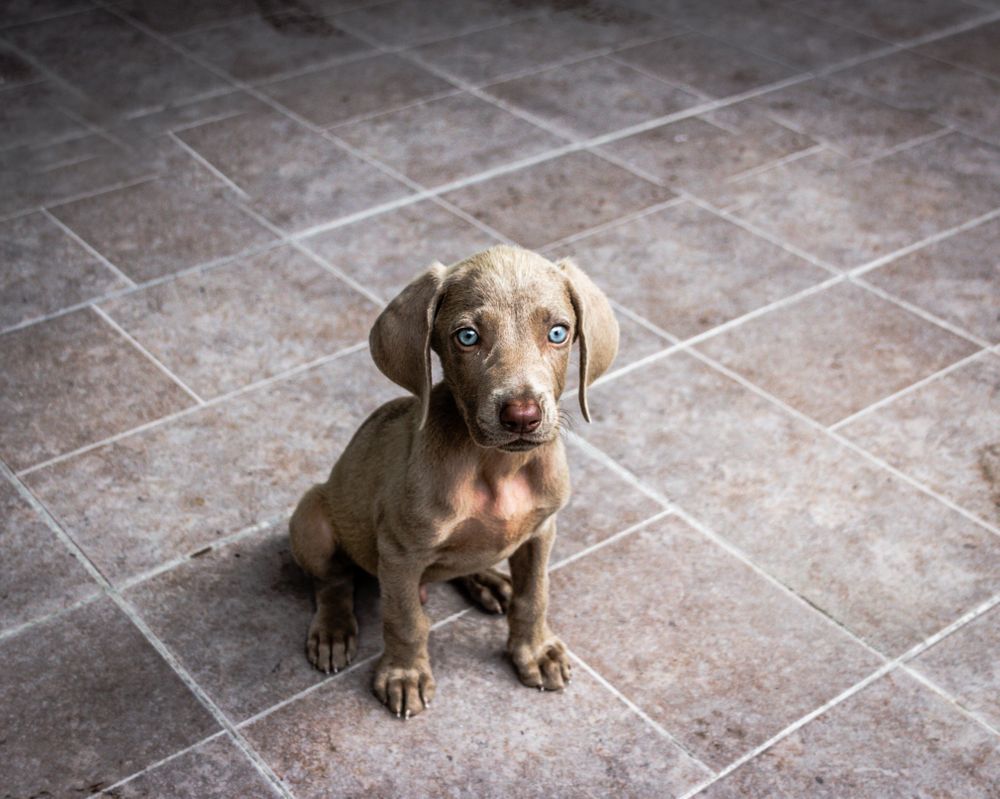
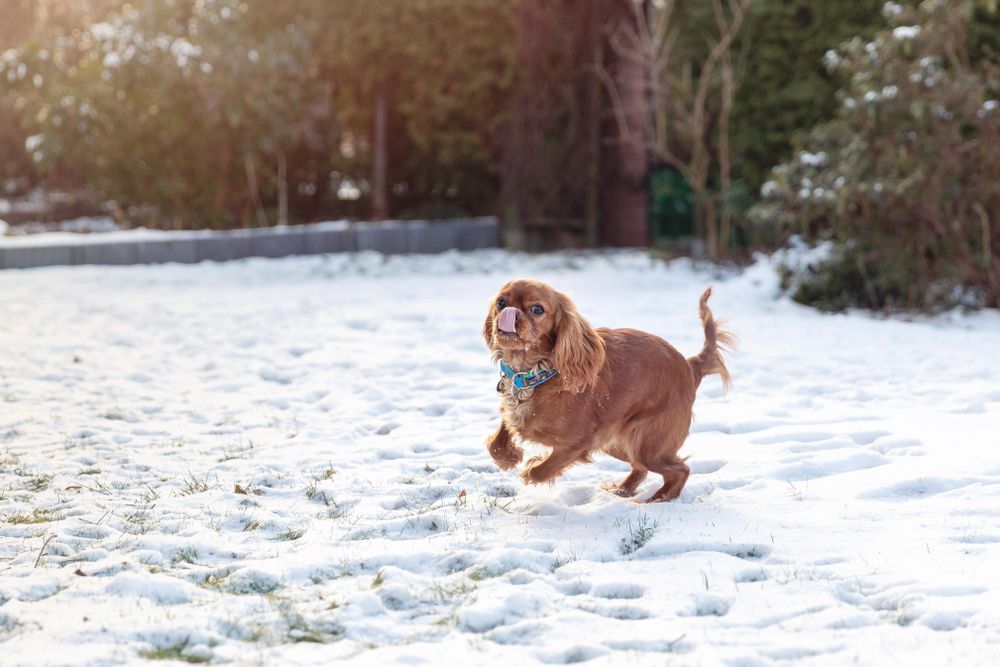
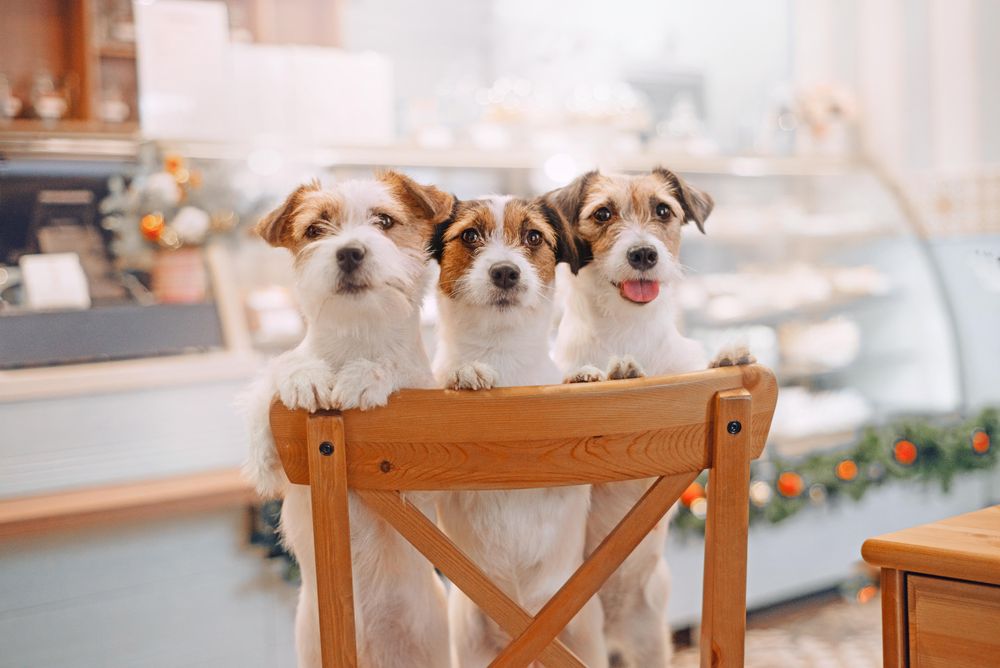
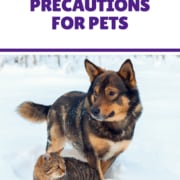
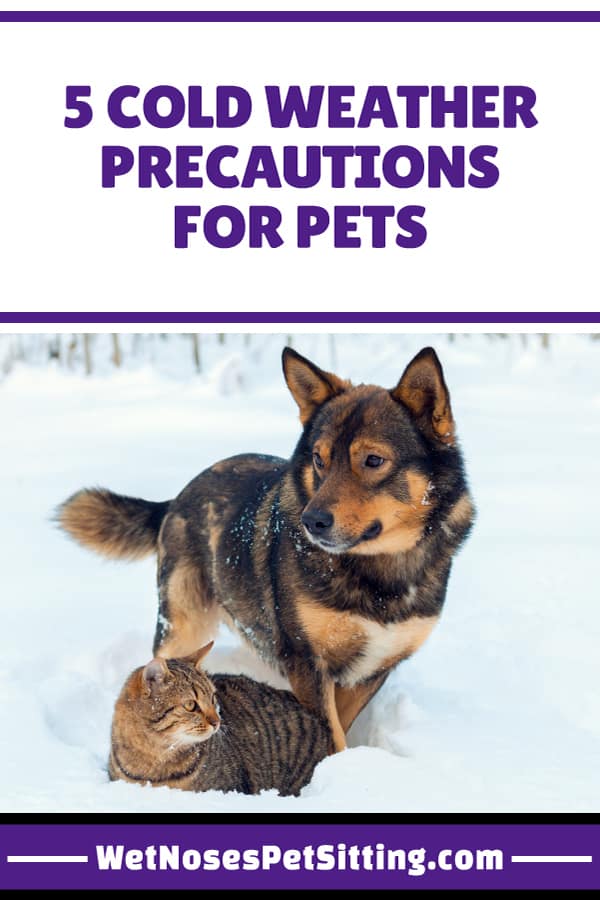
 Please, take a moment to read some tips for cold weather precautions and how to keep your pet safe and warm this winter season:
Please, take a moment to read some tips for cold weather precautions and how to keep your pet safe and warm this winter season: